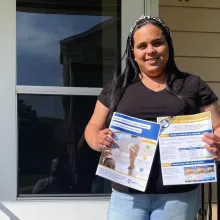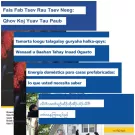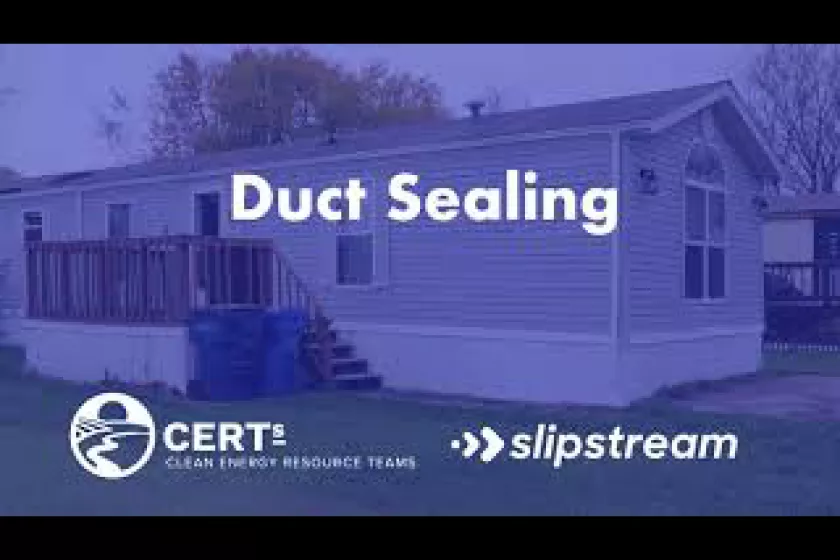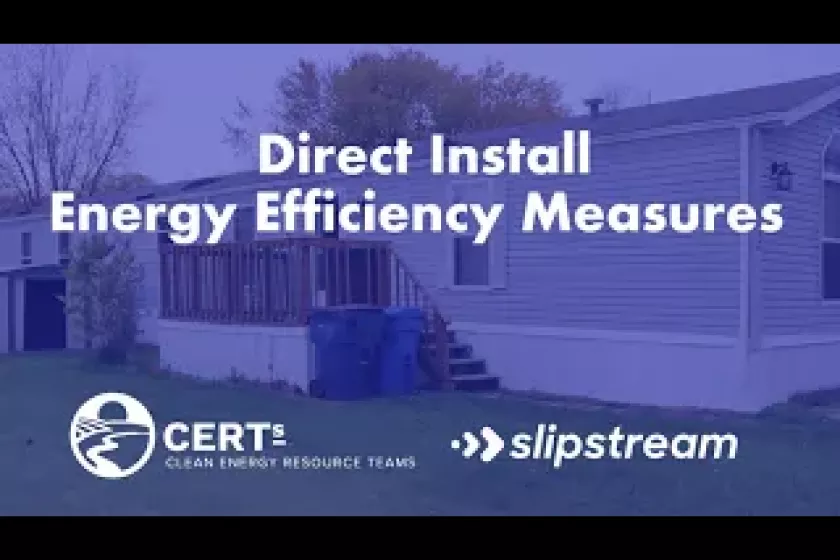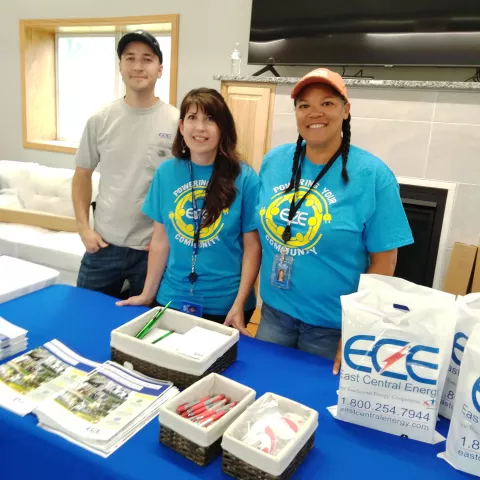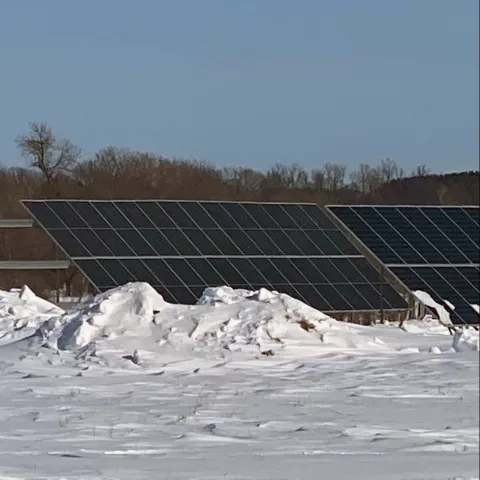Manufactured homes (sometimes called “mobile homes” or "trailers") can offer a path to home ownership for many individuals and families who might not otherwise be able to afford to buy or rent a home.
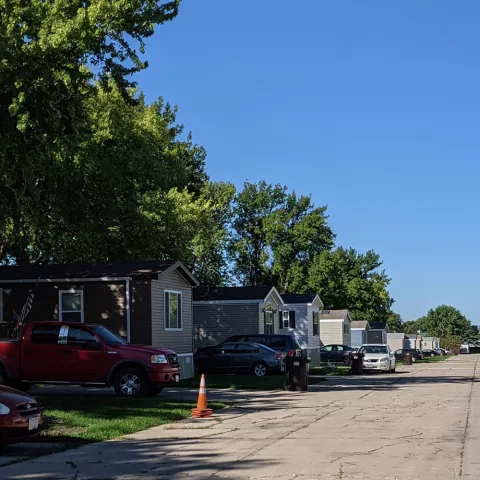 In Minnesota, over 180,000 people live in manufactured homes, with nearly half of these households living on an annual income of $35,000 or less.
In Minnesota, over 180,000 people live in manufactured homes, with nearly half of these households living on an annual income of $35,000 or less.
But housing affordability is about more than just the purchase price. It also matters how much it costs to live there, and energy is a big part of that. Many manufactured homes use more energy than similarly sized housing of other types, because of inefficiencies like poor insulation and air sealing. So, as CERTs works to reduce Minnesotans’ energy burden, reaching manufactured home residents is a key piece of the puzzle.
When it comes to making manufactured homes more energy efficient, there are many challenges. Insulation is nearly impossible to implement (except for crawling underneath to insulate the “belly” of the home). What’s more, many homes are heated by propane, and there are no state-mandated utility programs to reduce propane use.


 In Minnesota, over 180,000 people live in manufactured homes, with nearly half of these households living on an annual income of $35,000 or less.
In Minnesota, over 180,000 people live in manufactured homes, with nearly half of these households living on an annual income of $35,000 or less.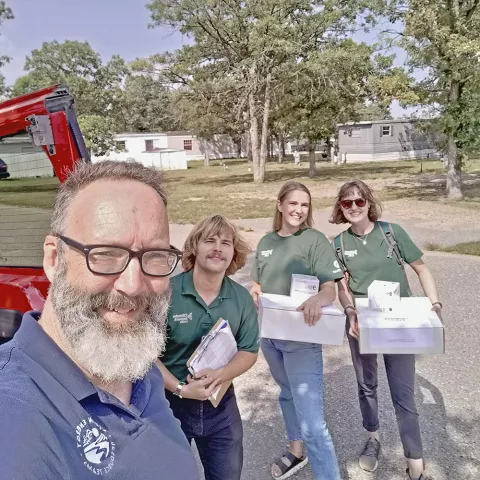 The strategies used in this project were based on
The strategies used in this project were based on 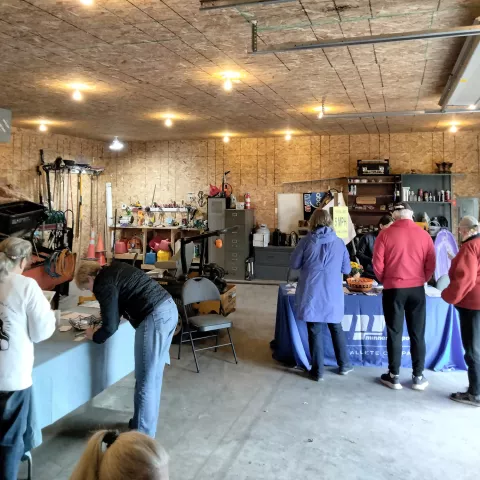
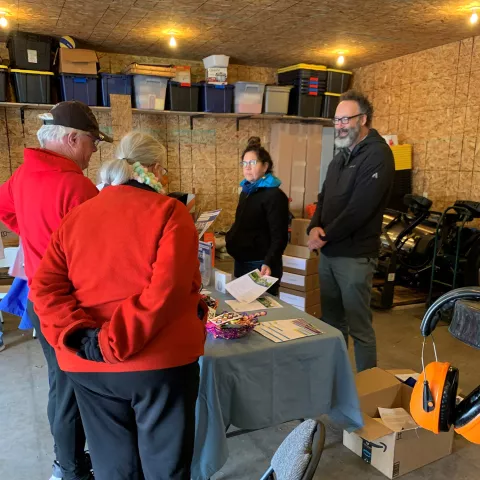 From the beginning, we knew we wanted to respect the value of people’s time as well as recognize that people have a lot going on in their lives. They don’t have unlimited time and mental resources to devote to any single thing, including energy efficiency. In particular, a process that required people to sign up for an in-home visit, confirm that visit, and then schedule their lives in a way that they could be home for that visit was unrealistic for many people.
From the beginning, we knew we wanted to respect the value of people’s time as well as recognize that people have a lot going on in their lives. They don’t have unlimited time and mental resources to devote to any single thing, including energy efficiency. In particular, a process that required people to sign up for an in-home visit, confirm that visit, and then schedule their lives in a way that they could be home for that visit was unrealistic for many people.